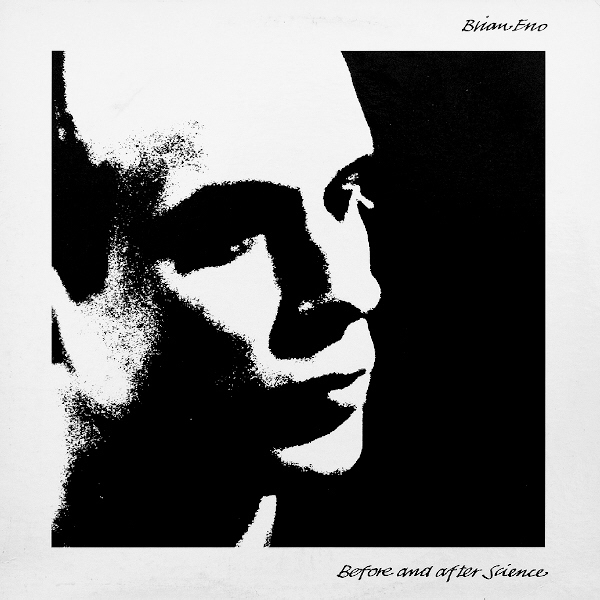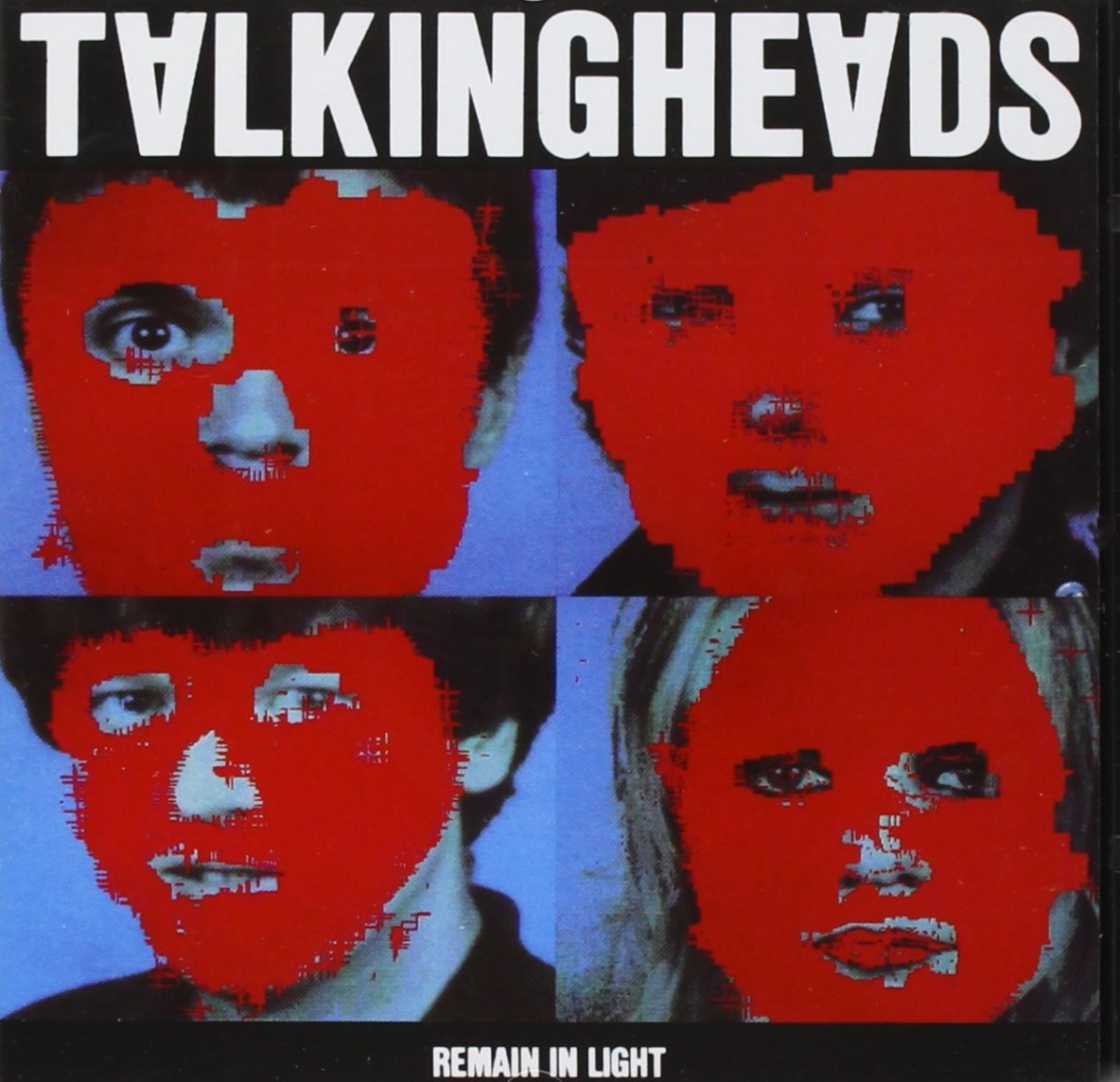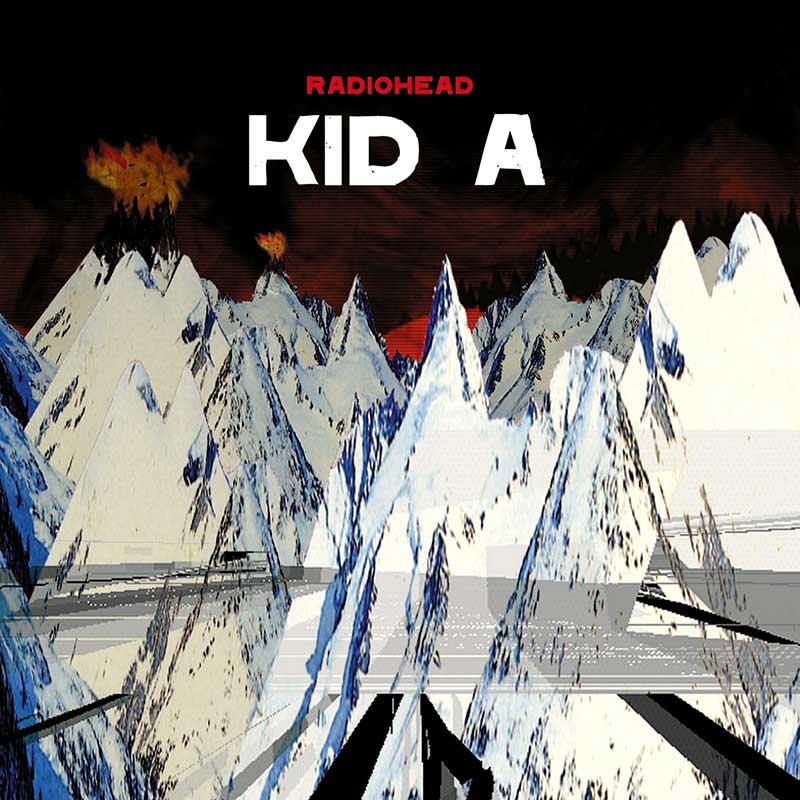Brian Eno : Before and After Science

Brian Eno spent much of his solo career creating atmospheric electronic music, his name ultimately becoming synonymous with “ambient”—music as ignorable as it is interesting, as he said himself. Beginning with 1975’s Another Green World, Eno transitioned from glam-influenced pop music to a more graceful, if sometimes dark, minimalist ambient sound. Though it’s his fourth and final album of pop songs, Before and After Science, is an audible turning point in Eno’s career. Not quite fully immersed in ambient music, Brian Eno was beginning to move away from traditional rock music to explore new textures. But even if he wasn’t ready to abandon pop song structure entirely, he showed the way forward for an entirely different kind of sonic approach.
Before and After Science was released in 1977, the same year as “Heroes“ and Low, two of Eno’s collaborations with David Bowie. And in a lot of respects, Science is similar to both of those albums. Like Bowie’s classic recordings, the album is polarized, moving between ambient instrumentals and traditional pop songs. That said, Before and After Science has no flaws. Conceived as an experiment in “studio composition,” the songs on the album were recorded and assembled in dense layers, then subsequently deconstructed. Once the tracks were built up, Eno would systematically remove parts for added effect. Though the finished product doesn’t reveal much about the recording technique, the album is quite an enjoyable listen.
When Eno does pop, he does no wrong. The opening track, “No One’s Receiving,” is one of the funkiest pieces of music Eno has ever done, short of his work with Talking Heads. It’s a simple song, grooving on simple guitar chords, heavy bass and syncopated drum fills, supplied by none other than Phil Collins. The next song, “Backwater,” is reminiscent of styles found on Taking Tiger Mountain By Strategy. It’s a theatrical piano-driven pop song, catchy and weird, like only Eno can be.
“King’s Lead Hat” is straightforward and rocks hard, but altogether silly, containing nonsensical couplets like “splish splash/we were raking in the cash.” And “By This River,” later covered by San Diego underground icons Three Mile Pilot, is dark and moody. It shares a lot in common with Eno’s instrumental work on Another Green World, yet it’s one of the album’s vocal-forward tracks. And furthermore, it just may be the prettiest song Eno ever wrote.
The remainder of the album consists of moody, ambient pieces. Though many of them can be stark and eerie, Eno always gravitated toward warmer synth textures, resulting in an ultimately accessible and comforting electronic sound, something that few Roland Jockeys today can claim.
After Science (no pun intended), Eno created many electronic albums, ranging from Music for Airports to Music for Films. And while he was at it, he produced three Talking Heads albums (the three best ones, I might add) and collaborated with David Byrne a few times, most notably on the sample-heavy My Life in the Bush of Ghosts. He never really went back to standard pop music, but his four excursions in songwriting were strong enough to rival any other band’s. And while with Before and After Science Brian Eno didn’t commit to a pop album through and through, it’s a timeless album regardless and a fitting close to his status as pop songwriting genius.
Label: Polydor
Year: 1977
Similar Albums:
Jeff Terich is the founder and editor of Treble. He's been writing about music for 20 years and has been published at American Songwriter, Bandcamp Daily, Reverb, Spin, Stereogum, uDiscoverMusic, VinylMePlease and some others that he's forgetting right now. He's still not tired of it.




